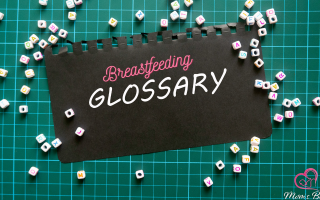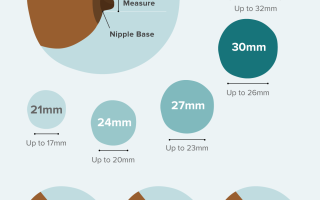Breast pumps are a vital tool for breastfeeding mothers who need to pump and store their breast milk, whether they are returning to work, going out in public, or simply need to have some flexibility in their feeding routine. However, with so many different types of breast pumps on the market, it can be overwhelming to try to decide which one is right for you. Here is a breakdown of the different types of breast pumps, their advantages and disadvantages, and which options may be best for different scenarios or types of mothers:
- Manual breast pumps. Manual breast pumps are hand-powered and typically smaller and more portable than electric breast pumps. They are a good option for mothers who only need to pump occasionally or who are looking for a more budget-friendly option. Advantages of manual breast pumps include:
- Affordable: Manual breast pumps are generally less expensive than electric breast pumps.
- Portable: Manual breast pumps are small and lightweight, making them easy to pack and take with you on the go.
- Quiet: Manual breast pumps are generally quieter than electric breast pumps, which can be helpful if you need to pump in a shared space or in public.
Disadvantages of manual breast pumps include:
- Time-consuming: Manual breast pumps can be slower and more labor-intensive than electric breast pumps, as you have to manually pump the milk out.
- Less efficient: Manual breast pumps may not be as efficient at expressing milk as electric breast pumps, which can be frustrating if you’re struggling to maintain your milk supply.
- Limited suction strength: Manual breast pumps generally have less suction strength than electric breast pumps, which can make them less effective at expressing milk
- Electric breast pumps. Electric breast pumps are powered by electricity and are typically more efficient and faster than manual pumps. They come in two main types: single electric breast pumps and double electric breast pumps. Single electric breast pumps are designed to be used on one breast at a time, while double electric breast pumps allow you to pump both breasts simultaneously, which can save time and increase milk production. Advantages of electric breast pumps include:
- Efficient: Electric breast pumps are generally more efficient at expressing milk than manual pumps, which can save time and make the pumping process less frustrating.
- Customizable: Many electric breast pumps come with adjustable suction and speed settings, which can allow you to tailor the pump to your individual needs and preferences.
- Hands-free: Some electric breast pumps come with hands-free pumping bras or other support systems that allow you to pump while using your hands for other activities, such as typing on a computer or holding a phone.
Disadvantages of electric breast pumps include:
- Expensive: Electric breast pumps are generally more expensive than manual pumps.
- Bulky: Electric breast pumps are typically larger and heavier than manual pumps, which can make them less portable.
- Noisy: Electric breast pumps can be louder than manual pumps, which can be a concern if you need to pump in a shared space or in public.
- Hands-free breast pumps. Hands-free breast pumps, also known as battery-operated breast pumps, are similar to electric breast pumps, but they are powered by batteries rather than electricity. They are a good option for mothers who need to pump on the go or who don’t have access to a power outlet. Advantages of hands-free breast pumps include:
- Portable: Hands-free breast pumps are small and lightweight, making them easy to pack and take with you on the go.
- Convenient: Hands-free breast pumps are convenient for mothers who need to pump while traveling or who don’t have access to a power outlet.
Disadvantages of hands-free breast pumps include:
- Limited suction strength: Hands-free breast pumps may not have as much suction strength as electric breast pumps, which can make them less effective at expressing milk.
- Limited battery life: Hands-free breast pumps typically have a limited battery life, which can be a concern if you need to pump for a long period of time or if you don’t have access to a power outlet to recharge the batteries.
- Expensive: Hands-free breast pumps are generally more expensive than manual or electric breast pumps.
So, which type of breast pump is best for you? It really depends on your individual needs and preferences. If you only need to pump occasionally or are looking for a budget-friendly option, a manual breast pump may be a good choice. If you need to pump frequently or are looking for a more efficient option, an electric breast pump may be a better fit. And if you need to pump on the go or don’t have access to a power outlet, a hands-free breast pump may be the most viable option. It’s also important to consider factors such as your budget, the amount of time you have to pump, and your comfort level with different types of pumps.
No matter which type of breast pump you choose, it’s important to follow the manufacturer’s instructions for proper use and cleaning to ensure the safety and effectiveness of the pump. And if you have any concerns about your milk supply or your baby’s feeding, be sure to speak with a healthcare provider or lactation consultant for personalized support and guidance.




